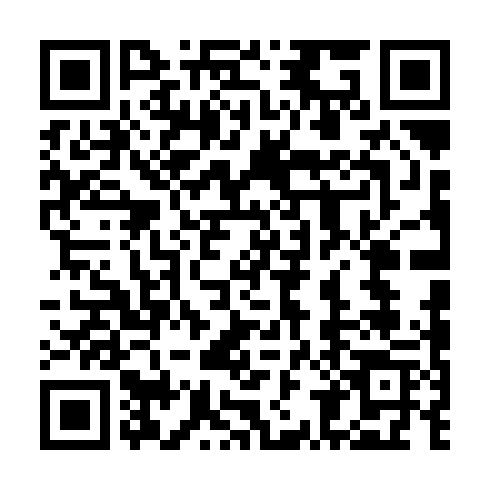Why We Don't Burn Anything But Wood
| Category: | Campfire Safety |
|---|---|
| Notes: | Explains why burning trash or non-wood materials is unsafe and environmentally harmful. Reinforces fire safety and Leave No Trace principles. |
Campfires are part of the Scout experience-but they come with responsibility. One of the simplest and most important rules? Only burn wood. No cans, no wrappers, no orange peels. Just clean, dry, untreated wood.
Why It Matters
- Toxic Smoke: Burning plastic, foil, rubber, or coated materials releases harmful chemicals into the air. You and everyone nearby breathe that in-especially dangerous for kids and people with asthma.
- Pollution: Leftover metal, melted plastic, and ash residue pollute the soil and ruin fire rings. It's unsightly, unhealthy, and disrespectful to others who camp after you.
- Animal Attractant: Burning food waste or packaging doesn't destroy the scent. It can still attract raccoons, rodents, or even bears after you're gone.
- Leave No Trace: A fire ring full of charred trash is the opposite of "leaving it better than you found it." It gives Scouts a bad name-and nature a mess.
Scout Way to Handle Waste
- Pack it in, pack it out: All trash, including food scraps, wrappers, and used foil, goes in a sealed trash bag-not the fire pit.
- Grease & fat? Wipe it with a paper towel and pack it out. Don't pour it in the fire.
- If it's not wood, don't burn it. Even paper with ink, wax coating, or foil lining should be packed out.
Campfire is a sacred space in Scouting-songs, stories, sparks, and tradition. Let's keep it clean, safe, and respectful for all. The flame is for warmth and fellowship, not for garbage.
Only wood. Nothing else. That's the Scout way.

